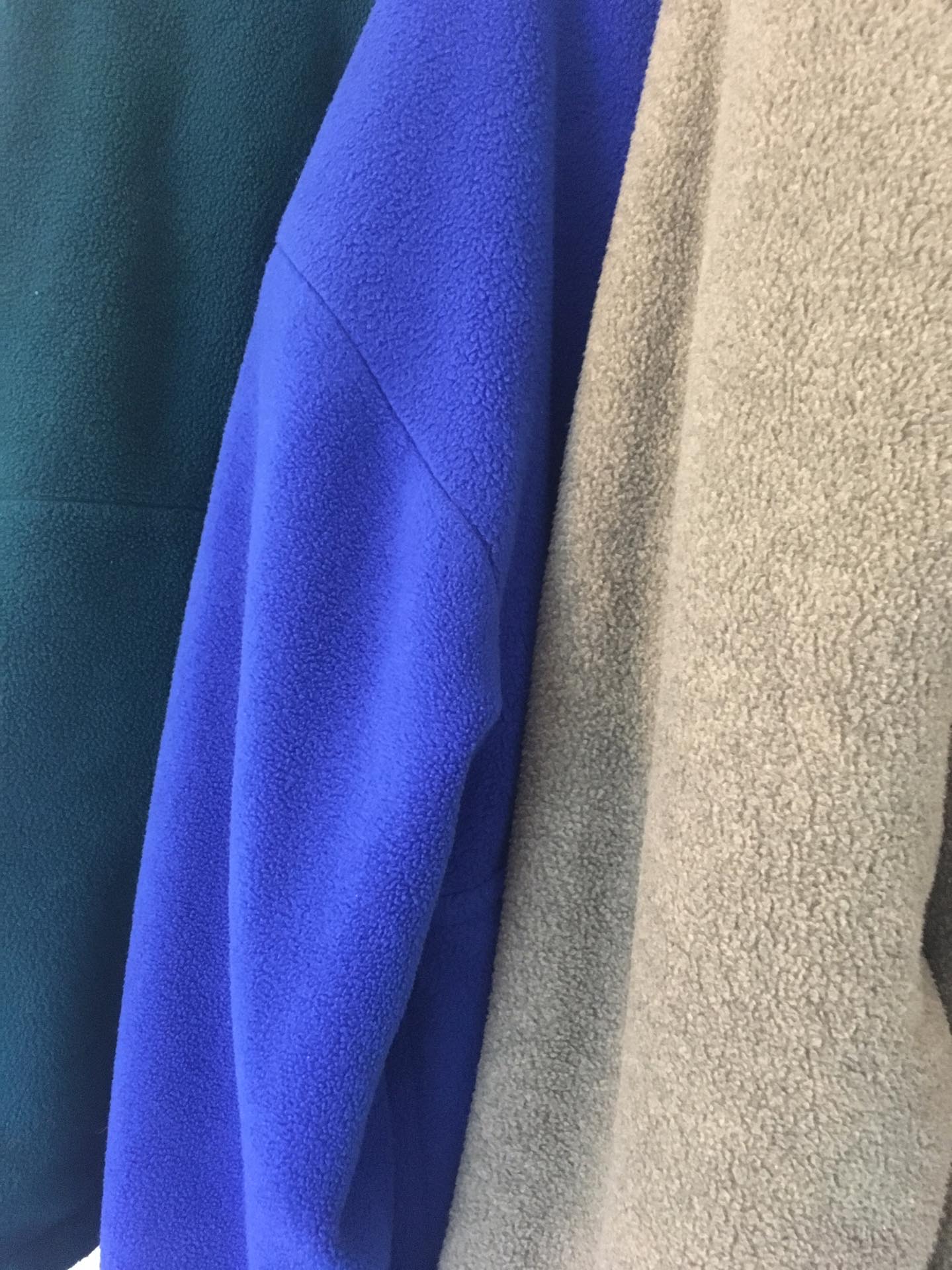With more and more concern arising around the contamination of our planet, Emily House investigates the damaging affect microplastics are having on our oceans...
In recent years, microplastic pollution has often been in the news for the damage it causes to marine ecosystems. In the case of the plastic beads used as exfoliants in personal care products, general awareness campaigns successfully resulted in policy makers across Europe acknowledging the risks and implications of these microplastics and banning their production.
Photo by Samuel Scrimshaw / Unsplash
However, as much as bans in the primary production of microplastics will undoubtedly reduce pollution, they only tackle part of the problem. Often, microplastics are the unintentional product of larger plastics degrading in the environment due to weathering processes. The combination of both sources leads to estimates that 5.25 trillion plastic particles contaminate the global sea surface, the majority of which are less than 10 mm in size, according to a 2017 study by McGill University in Canada.
With every washing machine cycle, >100 microfibre particles per litre of water could be shed from each synthetic clothing item.
The problem with fleece...
All clothing containing polyester, acrylic or nylon contributes to plastic pollution when washed. Over 40 million tons of polyester fibres alone are produced each year. These fibres are already ubiquitous in the environment, and their levels have been on the rise for decades. With every washing machine cycle, >100 microfibre particles per litre of water could be shed from each synthetic clothing item.
Microfibres have been shown to be eaten by invertebrates, fish and fur seals.
However, microfibre shedding is particularly problematic in the case of Bristol student favourite, fleece. Researchers from the University of California found that compared to other synthetic garments, fleece sheds 180% more microfibres per litre, or >1900 fibres per wash. Although water treatment facilities manage to filter some of these microfibres, a significant volume still reaches our rivers and oceans.
What impact is it having on aquatic life?
Microfibres have been shown to be eaten by invertebrates such as crustaceans, barnacles, polychaete worms, mussels, and amphipods. Various species of fish and shellfish, accumulate them in their gills, liver, and guts, and even larger predators such as fur seals accumulate them in their stomachs.
Photo by Felipe Portella / Unsplash
By their consumption, microplastics enable the uptake of toxic chemicals through food chains. They contaminate the environment by leaching into the water chemical by-products added during the manufacturing process. Several of these additives are of significant concern (endocrine disrupting, carcinogenic and/or mutagenic). On the other hand, pharmaceuticals, pesticides, heavy metals and other contaminants in the water may adhere to the surface of the microfibers, facilitating their transport across food chains.
But what about human health?
The Centre for Environment and Health at King College London’s investigates the effect of microfibre intake in humans via seafoods, other processed foods and inhalation. They found that the smallest particles are the most worrying, particularly in the lungs where they may become associated with tumours.
The best way to minimize the impact of garments such as fleece is to consume, wear, and wash less of them.
Everything we buy comes at a cost to the environment. Whilst the textile and garment industries take corporate responsibility to work on developing a sustainable solution to microfibre shedding in synthetic clothes, it is worth taking steps to reduce pollution. The best way to minimize the impact of garments such as fleece is to consume, wear, and wash less of them. What to do with the fleece you already own? Make it last. The amount of microfibers shed increases with age so it is ever more important to wash fleeces only when it’s absolutely necessary and by using a rag or sponge to spot clean rather than putting them through a machine cycle. This conserves water and minimizes wear and tear on the garments.
As students proud to live in one of the greenest cities in Europe, it doesn’t hurt to educate ourselves in the far-reaching impacts of the day to day choices we make. It was an awareness of harmful side-effects that come with the products we buy that led consumers to avoid microbeads, and their manufacturers to embrace the policy change.
There is power in the topics we collectively decide to pay more attention to, particularly when that awareness is linked to products we either purchase or avoid repurchasing. If something as simple as not putting a fleece in with the rest of our wash becomes a habit, we will significantly decrease microfibre pollution, and who knows what other thoughtful steps towards healthier aquatic and terrestrial habitats may follow.
Featured Image: Bethany Harris








